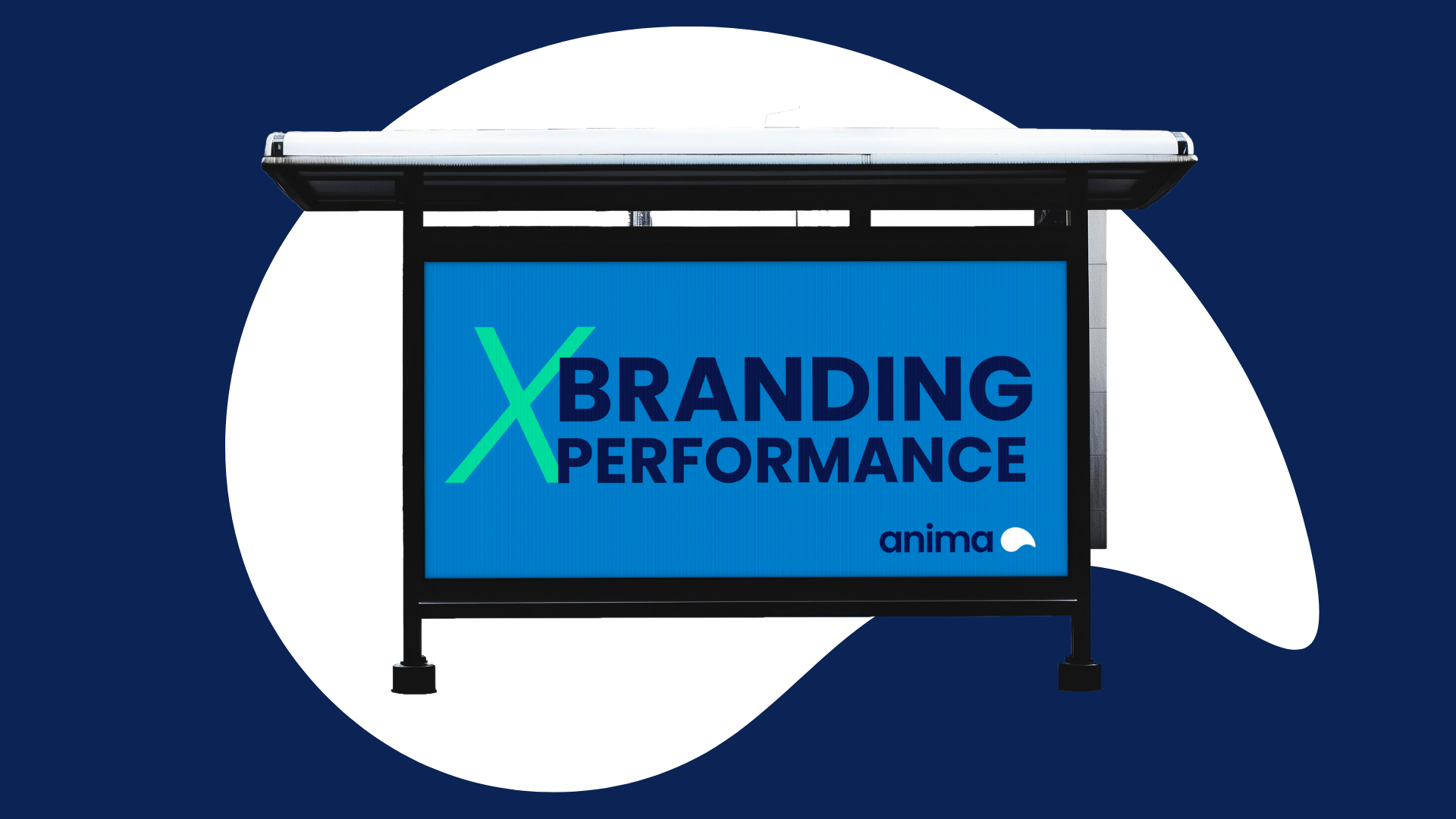

June, 2025
For far too long, marketing teams have been divided. On one hand, those who made memorable, award-winning, emotionally driven campaigns designed to build brand equity. On the other hand, those who obsess over conversions, ROAS, and cost-efficiency. In other words, creativity versus profitability. branding versus performance.
But in today’s digital ecosystem, where attention is fleeting and consumers scroll at the speed of instinct, brands can no longer afford this division. Today’s user doesn’t distinguish between a beautiful campaign and one that converts. What they demand is relevance, immediacy, and emotional resonance. This is where Brandformance comes in.
What is Brandformance—and why does it matter now more than ever?
For years, marketers have been caught between two sides:
• Branding, focused on building a strong, emotional, long-term brand image.
• Performance, aimed at driving immediate results: clicks, leads, sales.
Brandformance is simply the strategic fusion of these two pillars. It acknowledges a new reality: today’s consumers interact with brands across multiple touchpoints, at different times, on different devices. They no longer separate branding campaigns from conversion-focused ones. What they expect is a coherent, personalized, and purpose-driven experience.
Brandformance is the methodology that bridges brand storytelling with measurable outcomes.
What does a Brandformance approach bring to your strategy?
Brandformance is more than a buzzword. It’s a direct response to how consumer behaviour has evolved and how the customer journey has fragmented. The linear funnel is gone. Today’s users discover, compare, and decide in a complex web of micro-moments.
In this landscape, a Brandformance strategy allows you to:
• Emotionally connect with consumers at every stage of the funnel, crafting user-centric messaging and emotionally intelligent campaigns using relevant, personalized content.
• Optimize campaigns in real time thanks to today’s tech stack, allowing brands to adjust and scale based on actual performance.
• Measure both short-term and long-term results, ensuring immediate ROI while strengthening brand perception and loyalty.
• Tailor messaging and formats for every user profile and moment, leveraging tools like DMPs, CDPs, AI, and automation to enhance segmentation and boost performance with precision.
How to structure a Brandformance strategy
At Anima, we know that understanding the concept isn't enough, success lies in execution. A proper Brandformance strategy follows five progressive steps, which we break down below:
Step 1: Diagnosis and goal setting
Before launching any campaign, it’s essential to conduct a comprehensive analysis of:
• Current brand perception.
• Audience behavior and habits.
• Key metrics to impact (awareness, engagement, ROAS, CPA…).
Step 2: Channel and budget planning
Distribute your investment across relevant platforms based on the brand’s strategic goals:
• Branding: invest in high-impact, inspirational content (video, display, native advertising, social media…) and offline formats like print, OOH, or street marketing.
• Performance: allocate budget for conversion-focused channels like Google Ads, social ads, and dynamic retargeting.
Step 3: Campaign activation with consistent storytelling
Once the plan is in place, ensure that all creative pieces across channels share a unified narrative. These creatives should reflect a strong brand identity while being conversion-oriented:
• Videos to spark attention and build memory.
• Creatives with clear, action-driven CTAs.
• Synchronization between top-funnel (branding) and bottom-funnel (conversion) formats.
Step 4: Continuous optimization and real-time measurement
Optimizing a Brandformance campaign, or any campaign for that matter, is critical. Marketing plans should never be static. Real effectiveness happens when campaigns are refined dynamically in response to real-world user behaviour. The ability to measure and act quickly is what separates an average campaign from one that scales results.
This phase focuses on analysing live performance, identifying areas for improvement, and fine-tuning every element to maximize ROI. Key tactics include:
• A/B testing of messages, creatives, and audiences.
• Dynamic budget reallocation.
• Funnel analysis to fix drop-off points and improve UX.
Step 5: Scaling what works
Once the right channel-mix, messaging, and creative formats are validated, it’s time to think bigger. This final phase focuses on amplifying proven tactics, expanding reach, and diversifying strategy, maintaining brand presence, and boosting results across new contexts and audiences.
Performance is scaled by:
• Entering new channels (influencer marketing, marketplaces, affiliate programs).
• Expanding into new markets.
• Deploying always-on campaigns to ensure ongoing brand visibility and consistent conversion flow.
Is your brand ready to make the leap?
If you’re still separating branding and performance in your marketing strategy, you’re missing out. Brandformance doesn’t just maximize every dollar spent, it strengthens your brand, deepens consumer loyalty, and delivers sustained impact over time.
At Anima Ads, we’ve been blending technology, creativity, and data for years to help brands like yours grow with intelligence and purpose. Ready to build your next campaign?